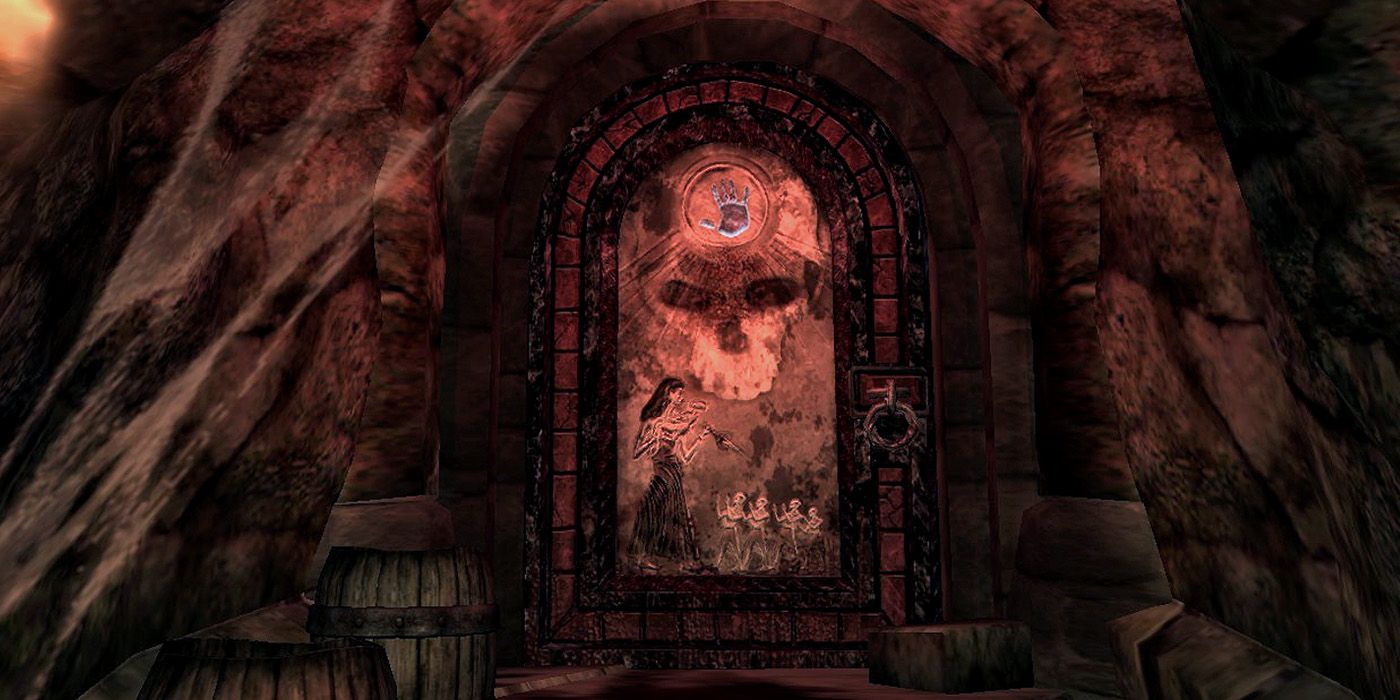

Various local and provincial ancient church councils were held during this period, with the decisions meeting varying degrees of acceptance by different Christian groups. While the Jewish Christian church was centered in Jerusalem in the first century, Gentile Christianity became decentralized in the second century. Another major school of thought was Gnostic Christianity, which placed importance on the wisdom of Jesus saving humanity, and described Jesus as a human who became divine through knowledge. This was the tradition of Pauline Christianity, which placed importance on the death of Jesus as saving humanity, and described Jesus as God come to Earth. One variation was proto-orthodoxy which became the international Great Church and in this period was defended by the Apostolic Fathers. Many variations in this era defy neat categorizations, as various forms of Christianity interacted in a complex fashion. The ante-Nicene period was without such authority and was more diverse. Fourth- and fifth-century Christianity experienced pressure from the government of the Roman Empire and developed strong episcopal and unifying structure. There was an explicit rejection of then-modern Judaism and Jewish culture by the end of the second century, with a growing body of adversus Judaeos literature. The second and third centuries saw a sharp divorce of Christianity from its early roots. This article covers the period following the Apostolic Age of the first century, c.100 AD, to Nicaea in 325 AD. Upper tier: dedication to the Dis Manibus and Christian motto in Greek letters ΙΧΘΥϹ ΖΩΝΤΩΝ ( Ikhthus zōntōn, "fish of the living", a predecessor of the Ichthys symbol) middle tier: depiction of fish and an anchor lower tier: Latin inscription of the identity of the deceased LICINIAE FAMIATI BE / NE MERENTI VIXIT.Ĭhristianity in the ante-Nicene period was the time in Christian history up to the First Council of Nicaea.

One of the earliest Christian inscriptions found, it comes from the early third-century Vatican necropolis area in Rome. Funerary stele of Licinia Amias on marble, in the National Roman Museum.


 0 kommentar(er)
0 kommentar(er)
